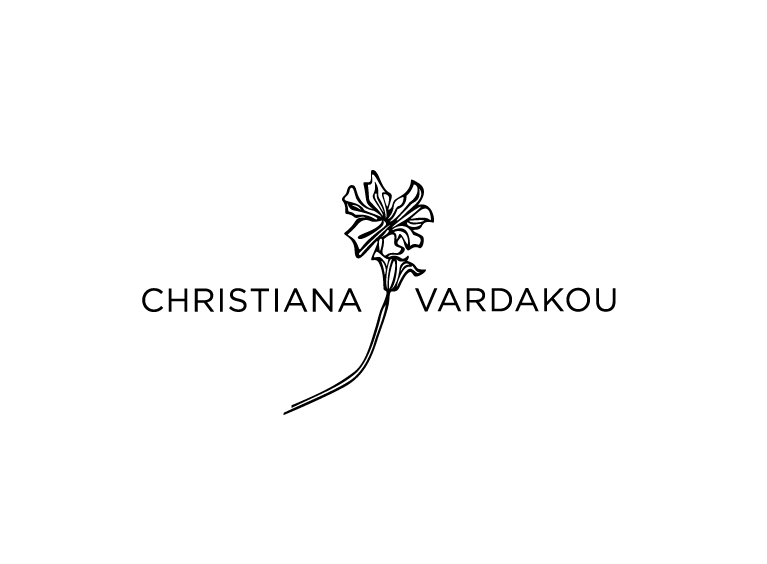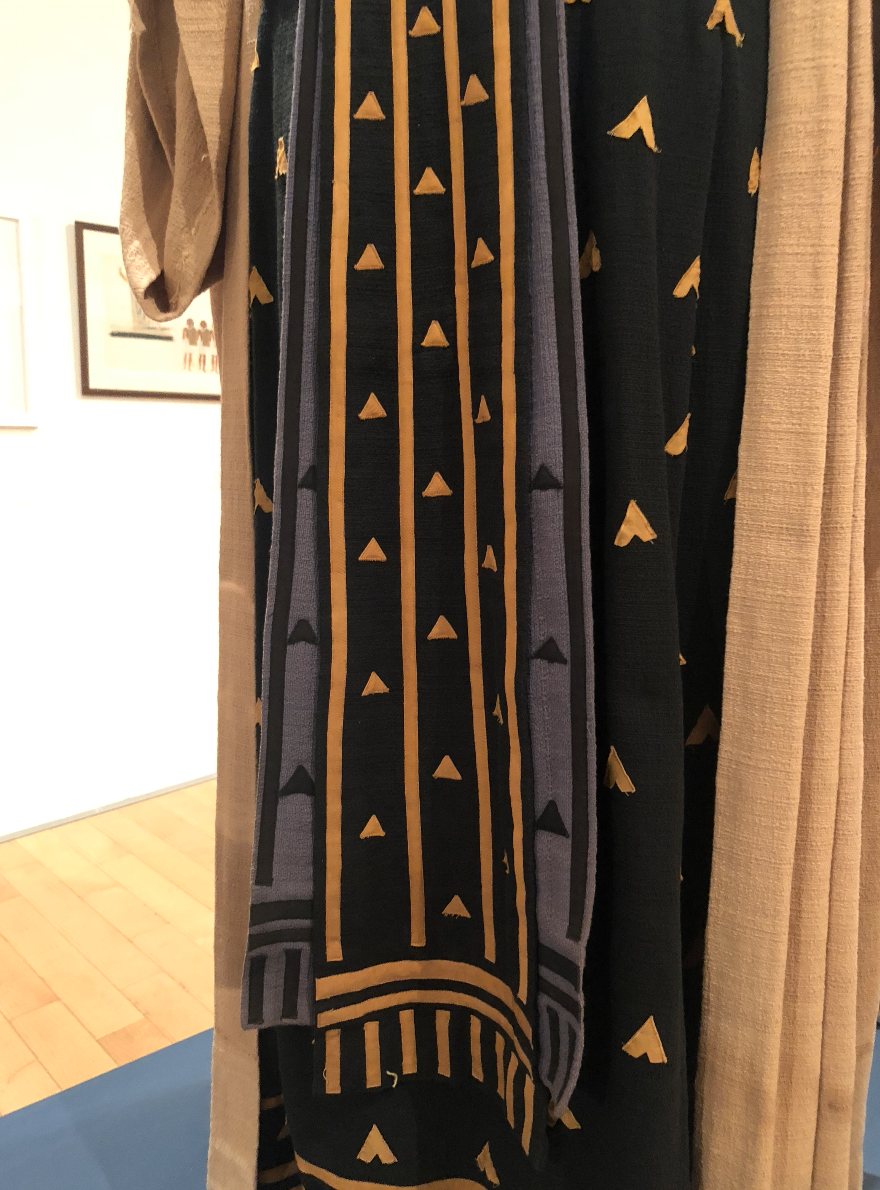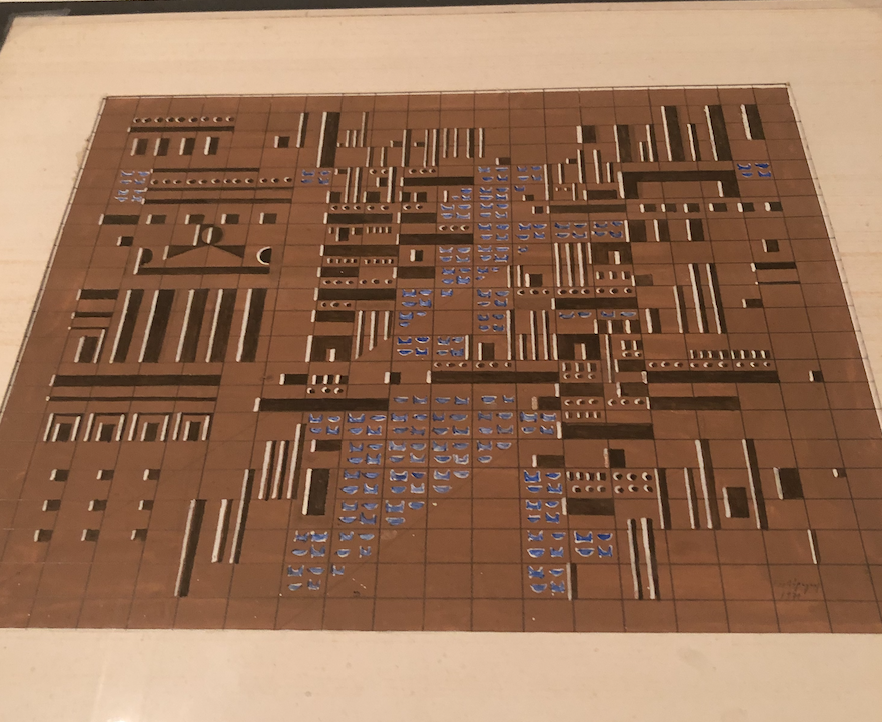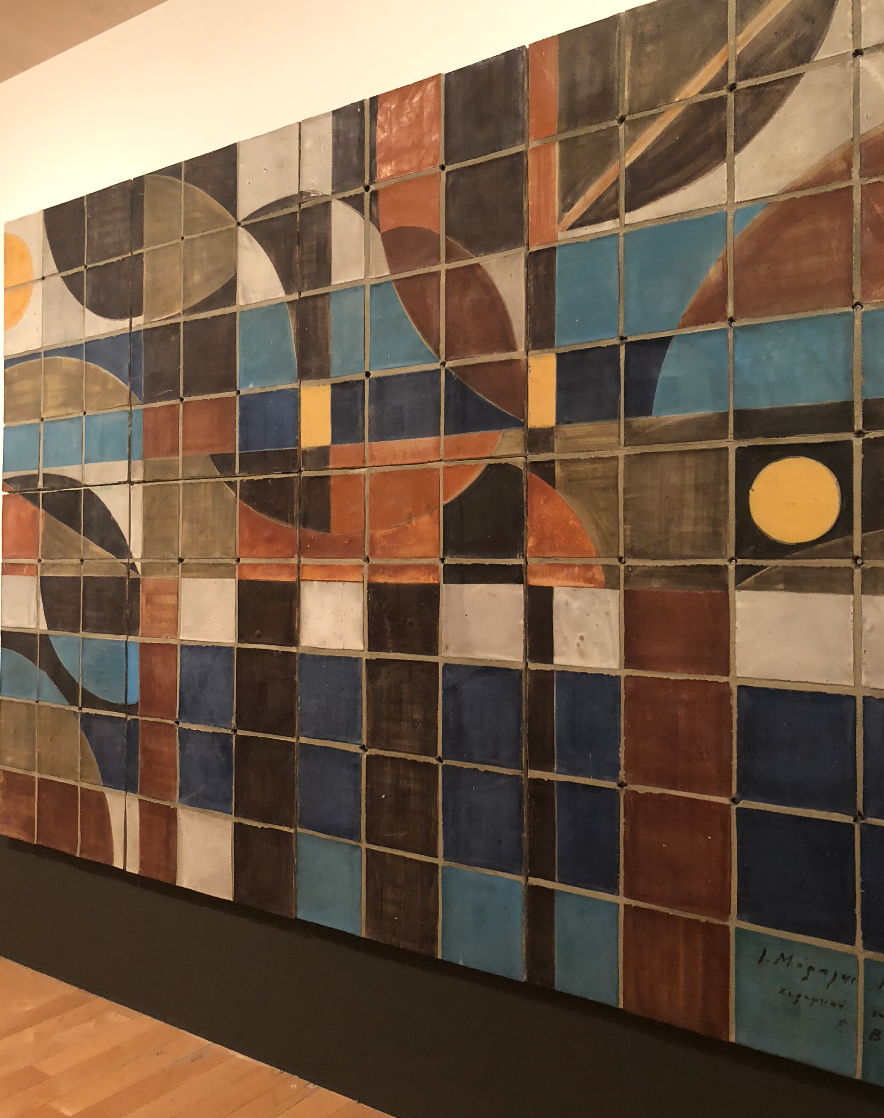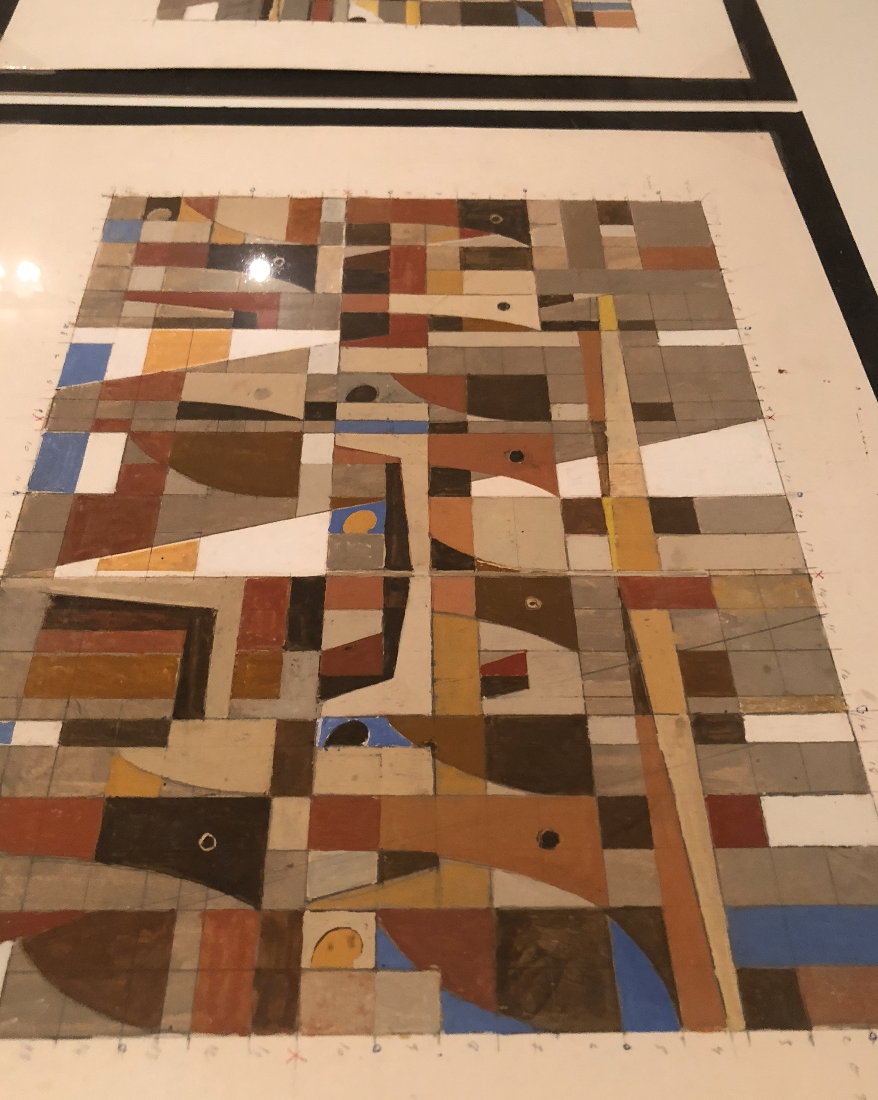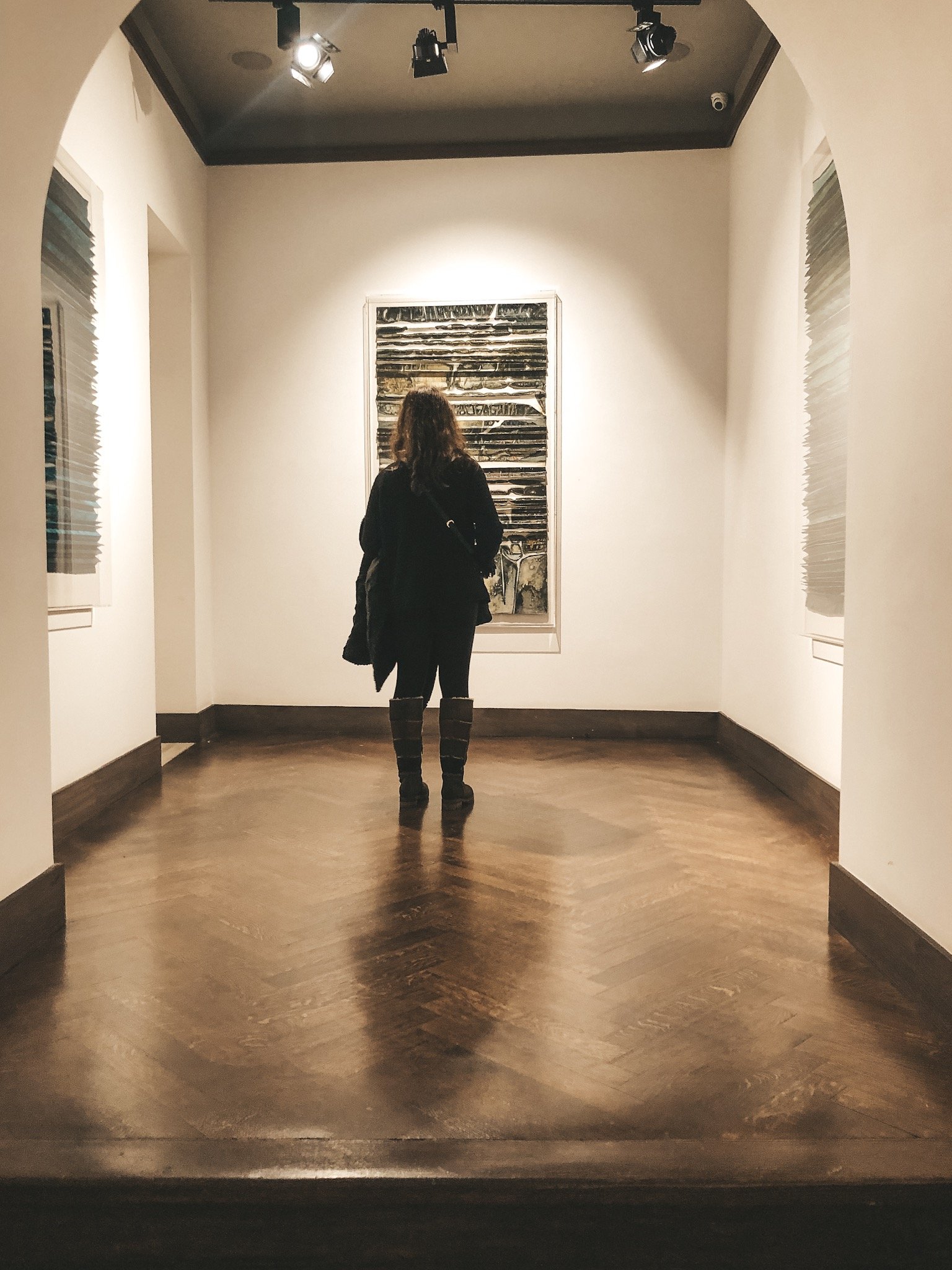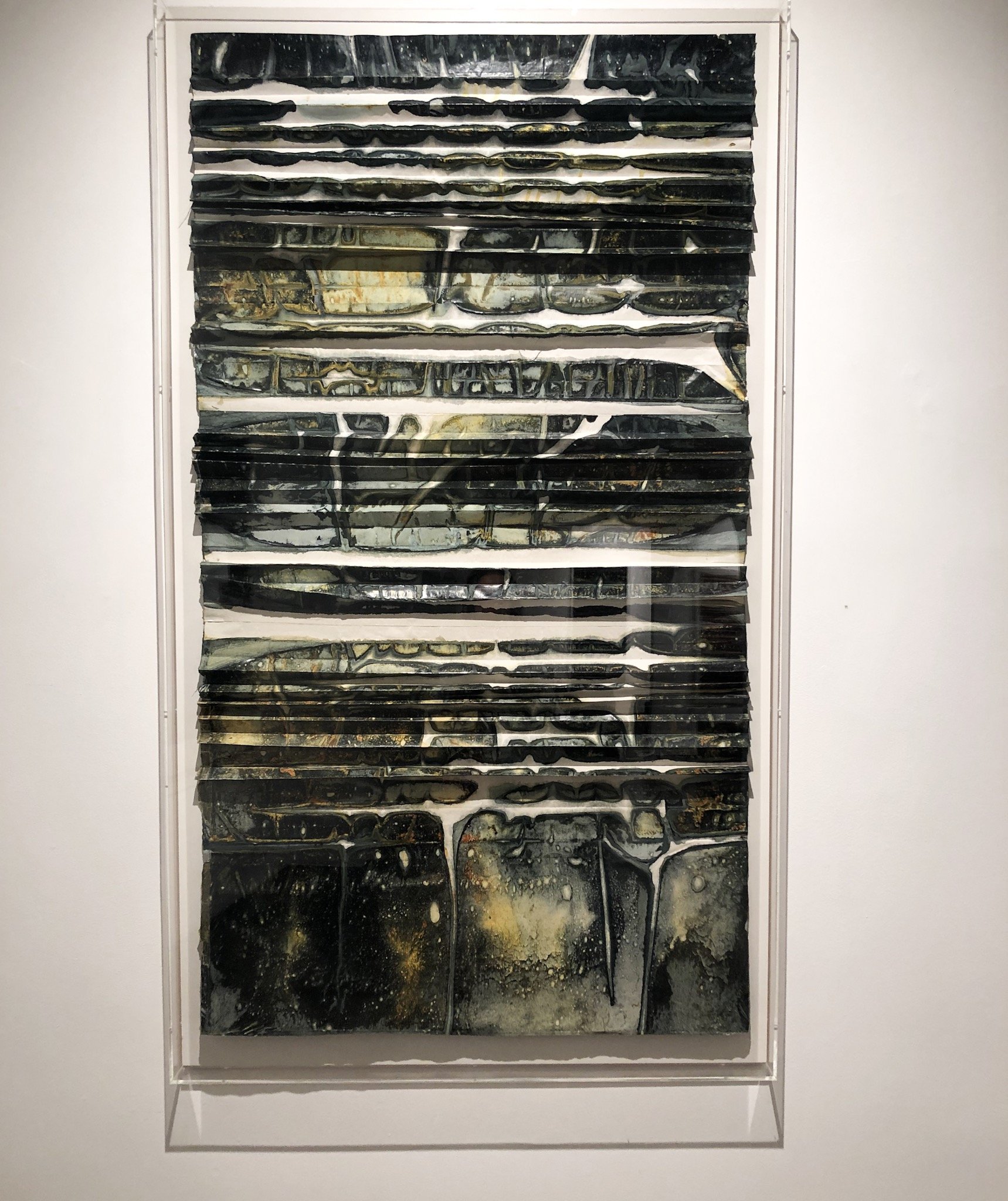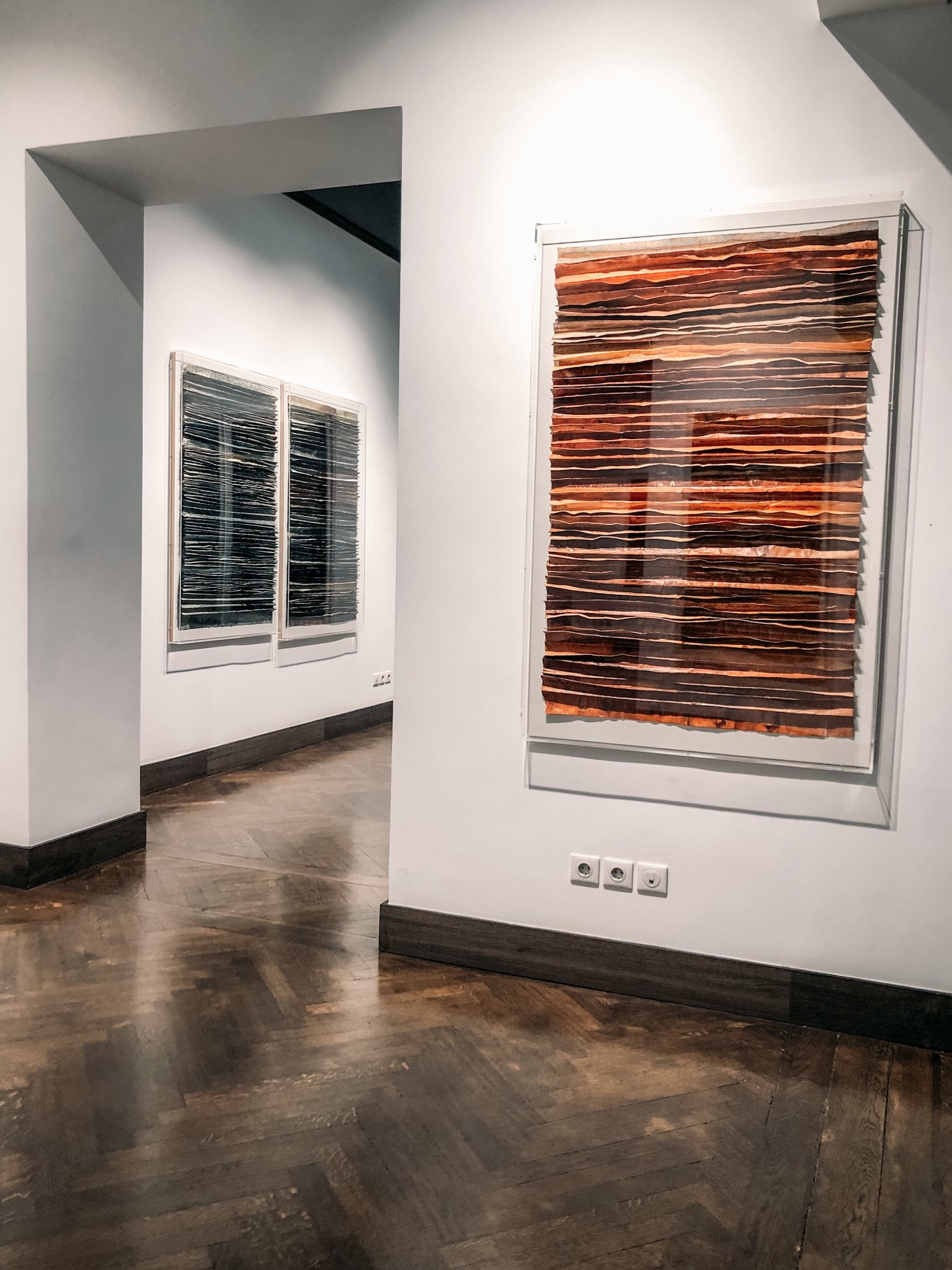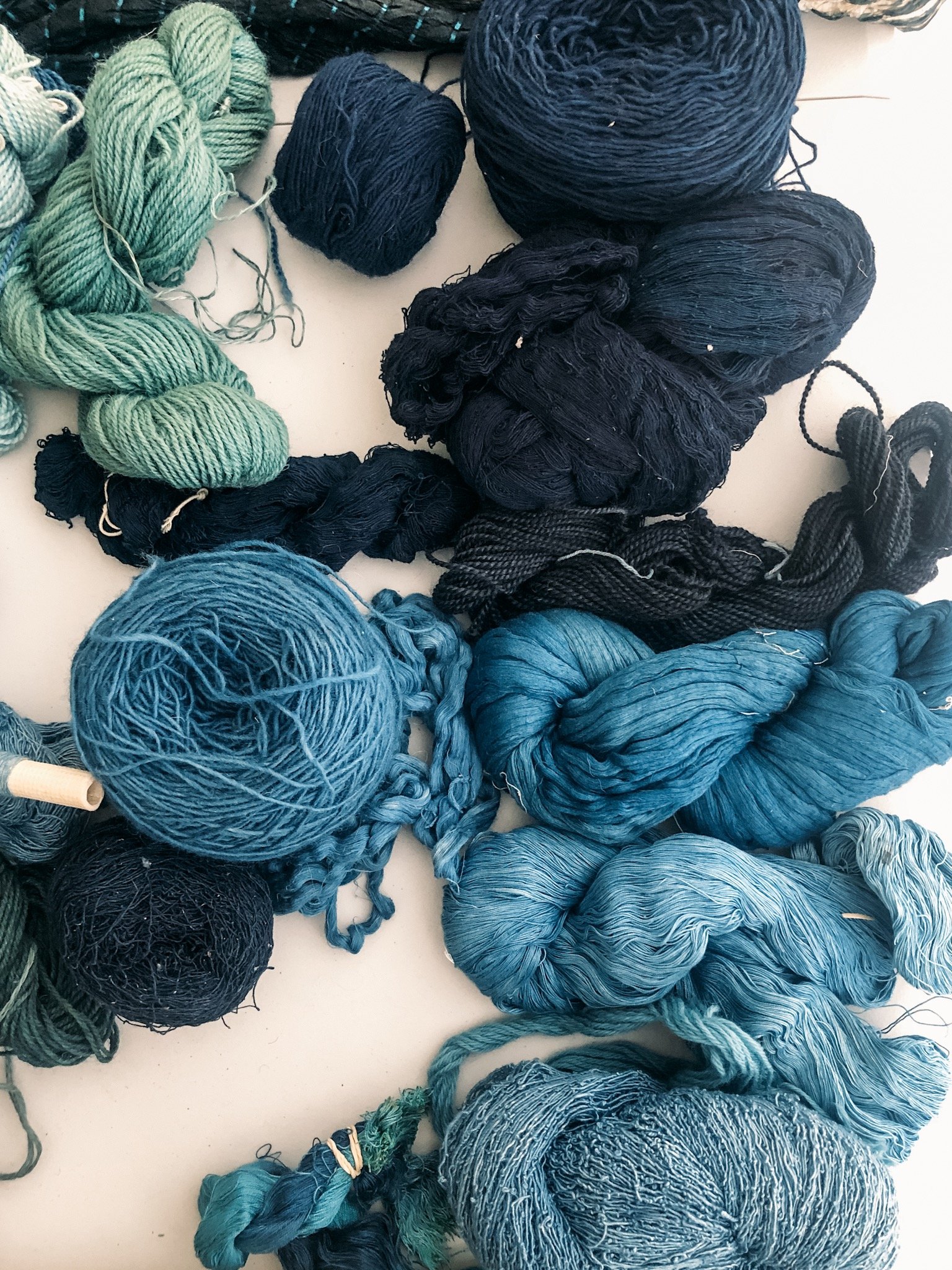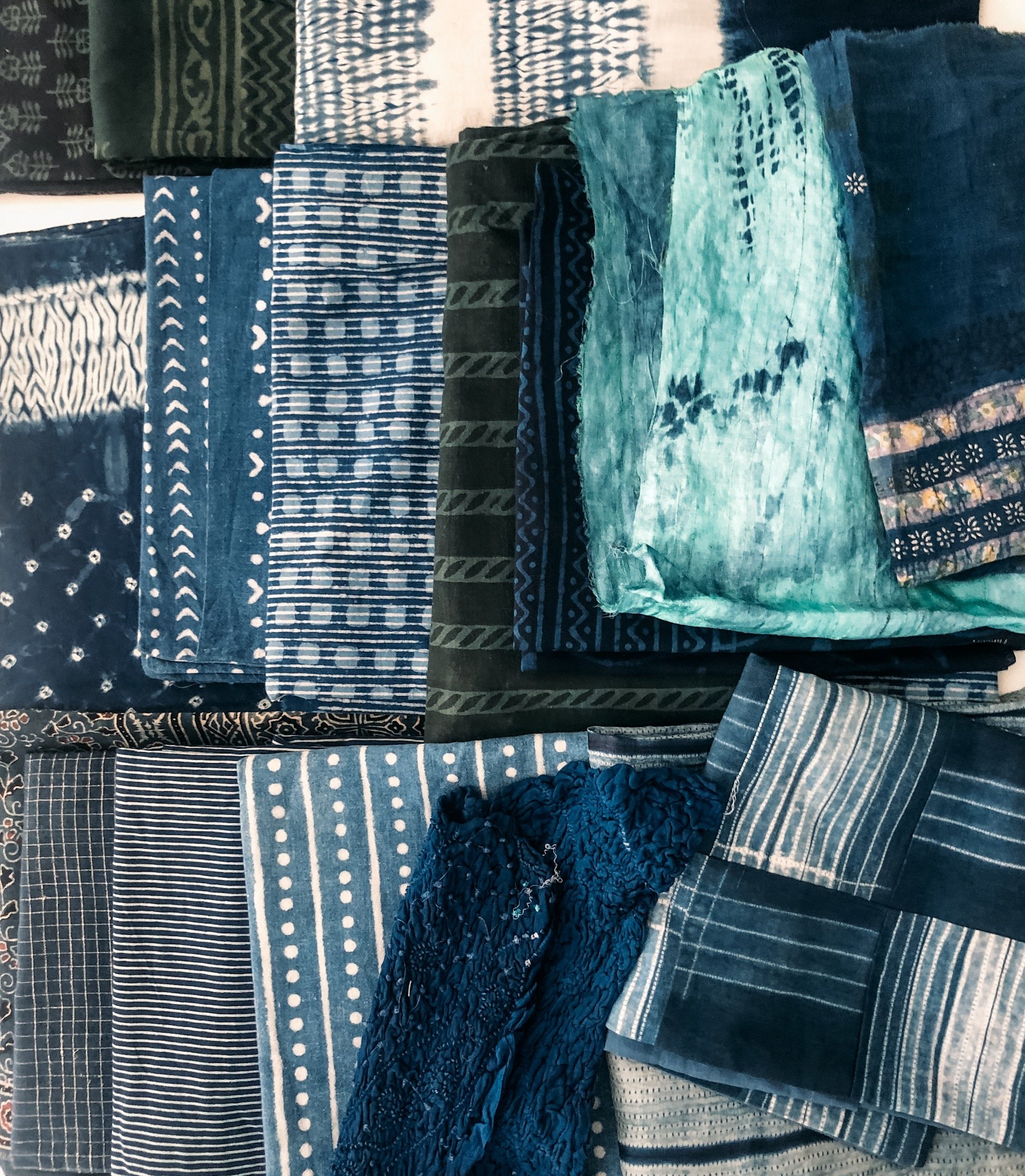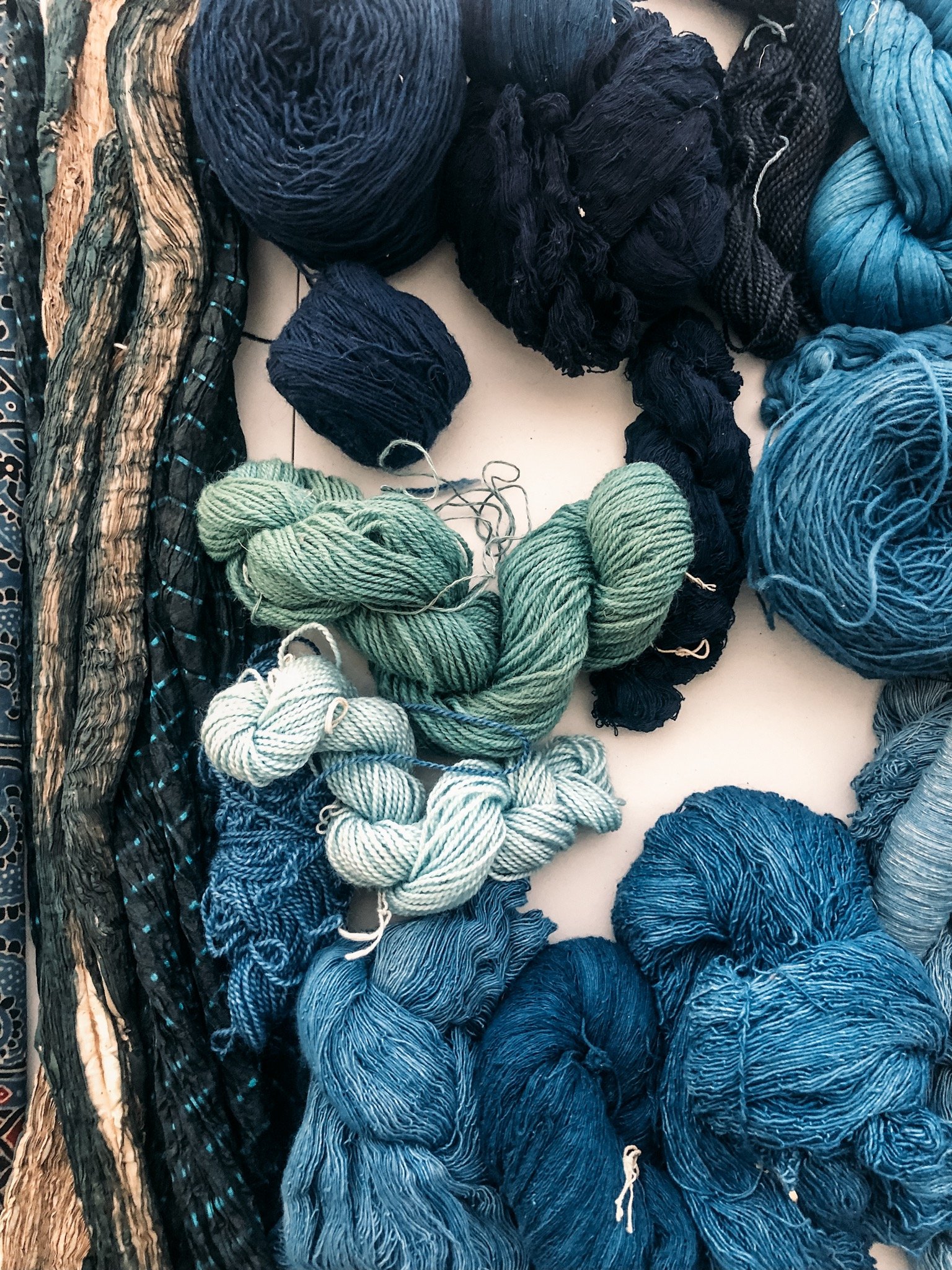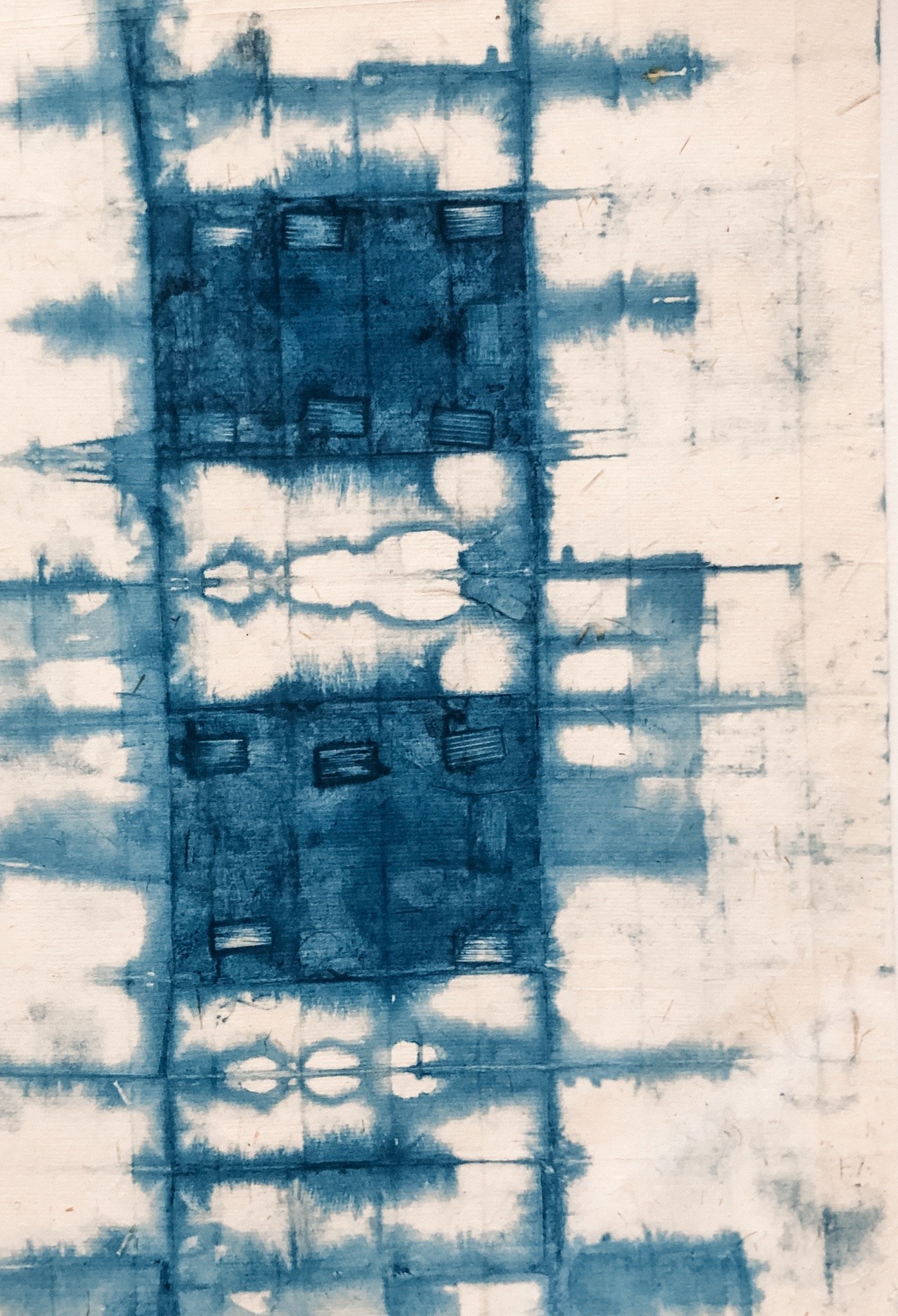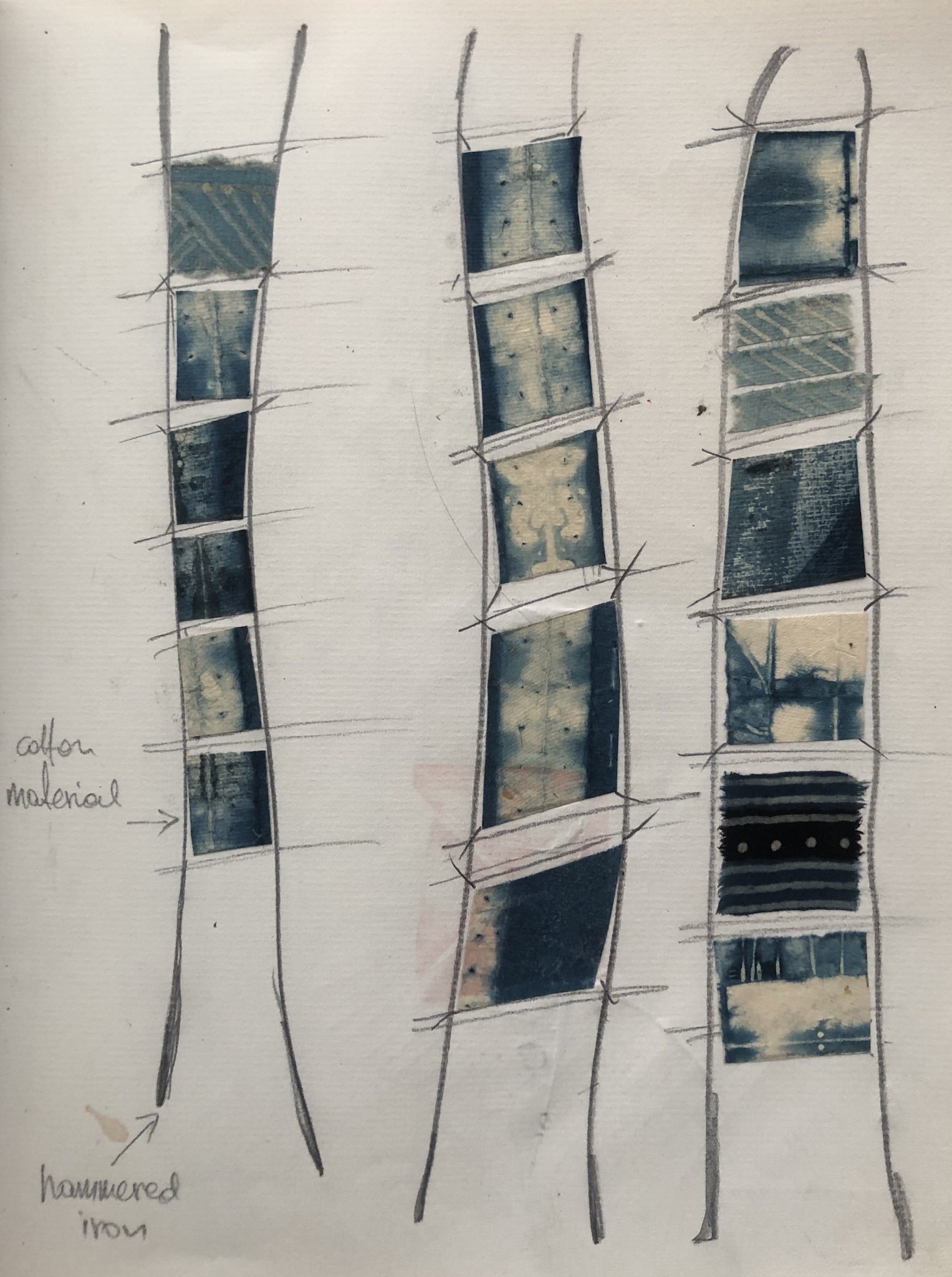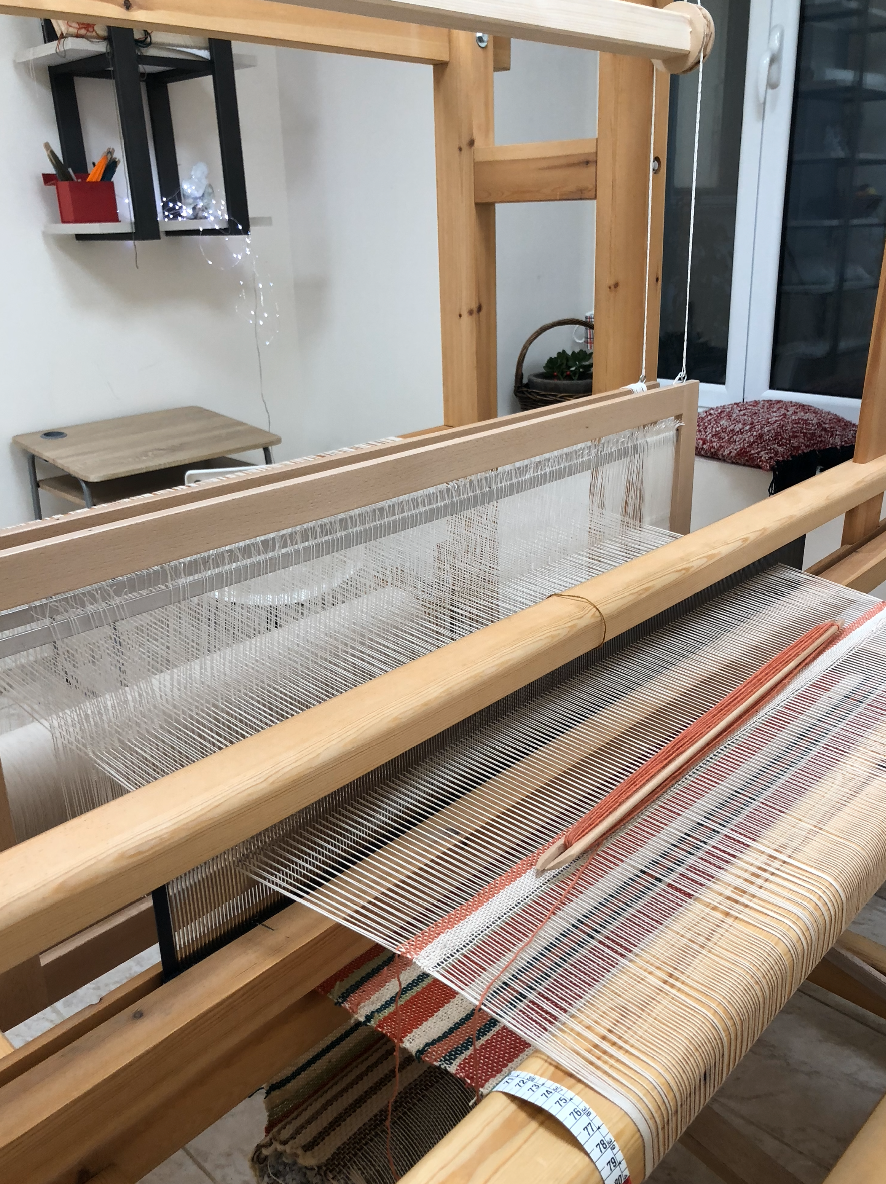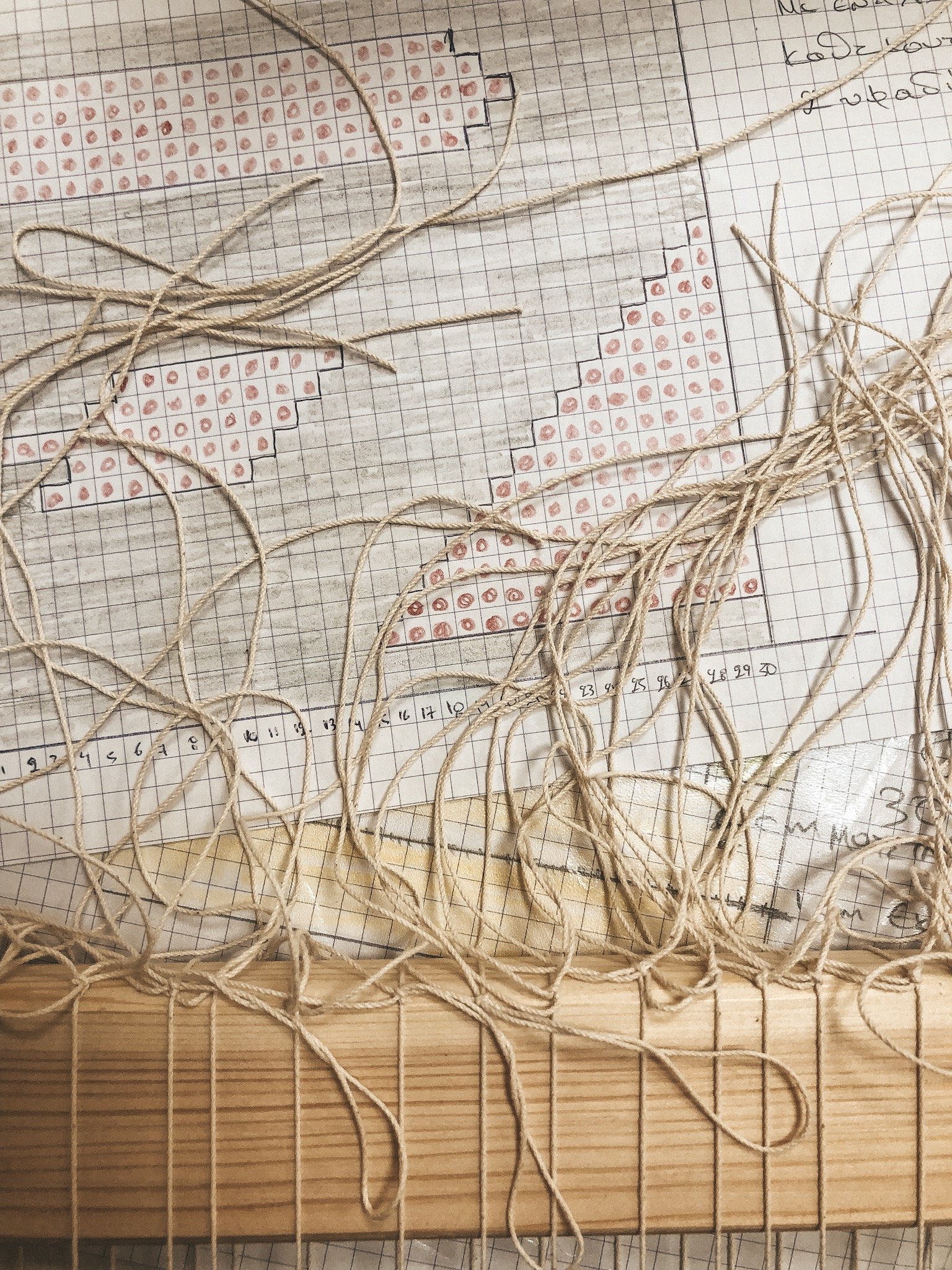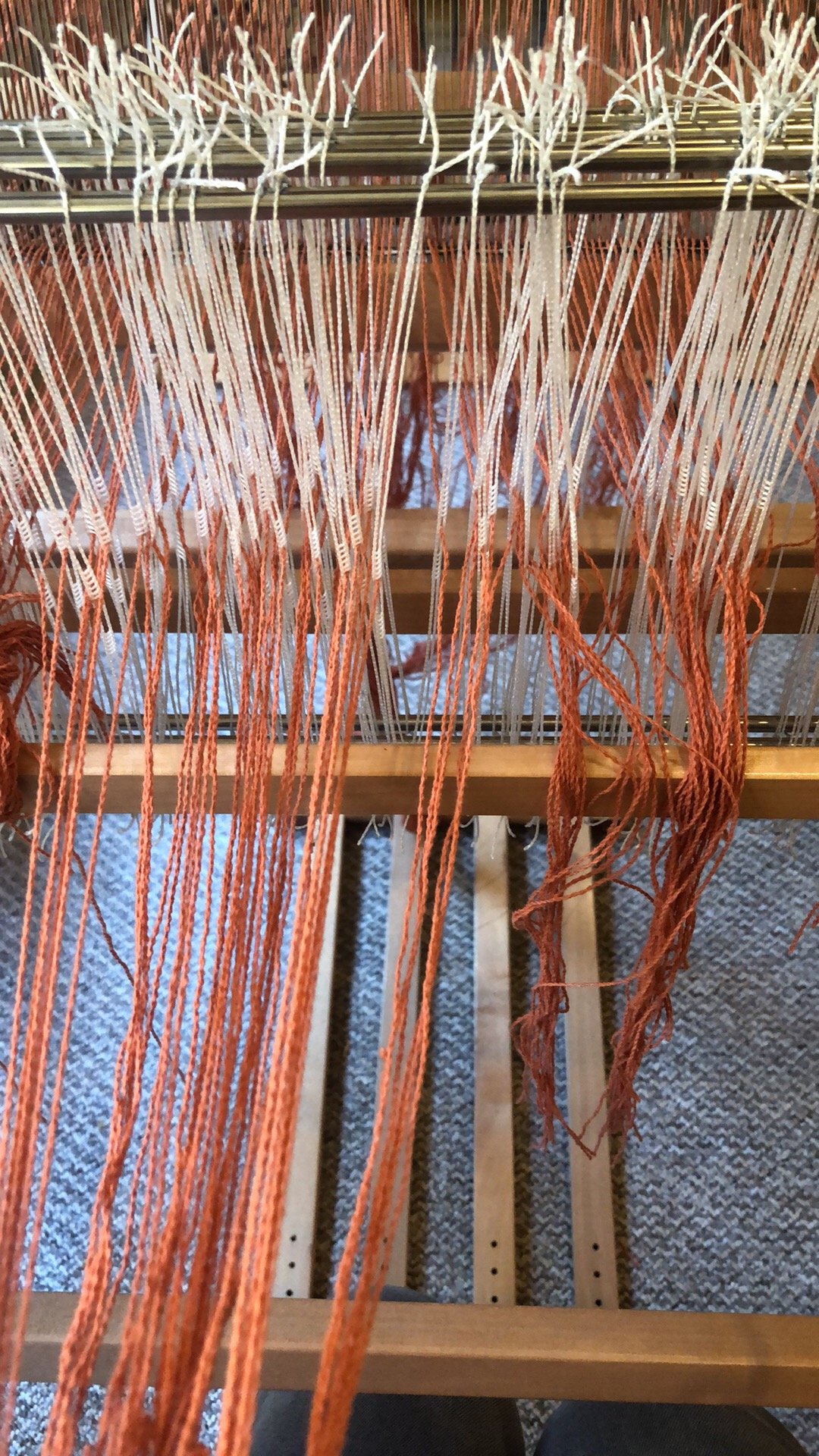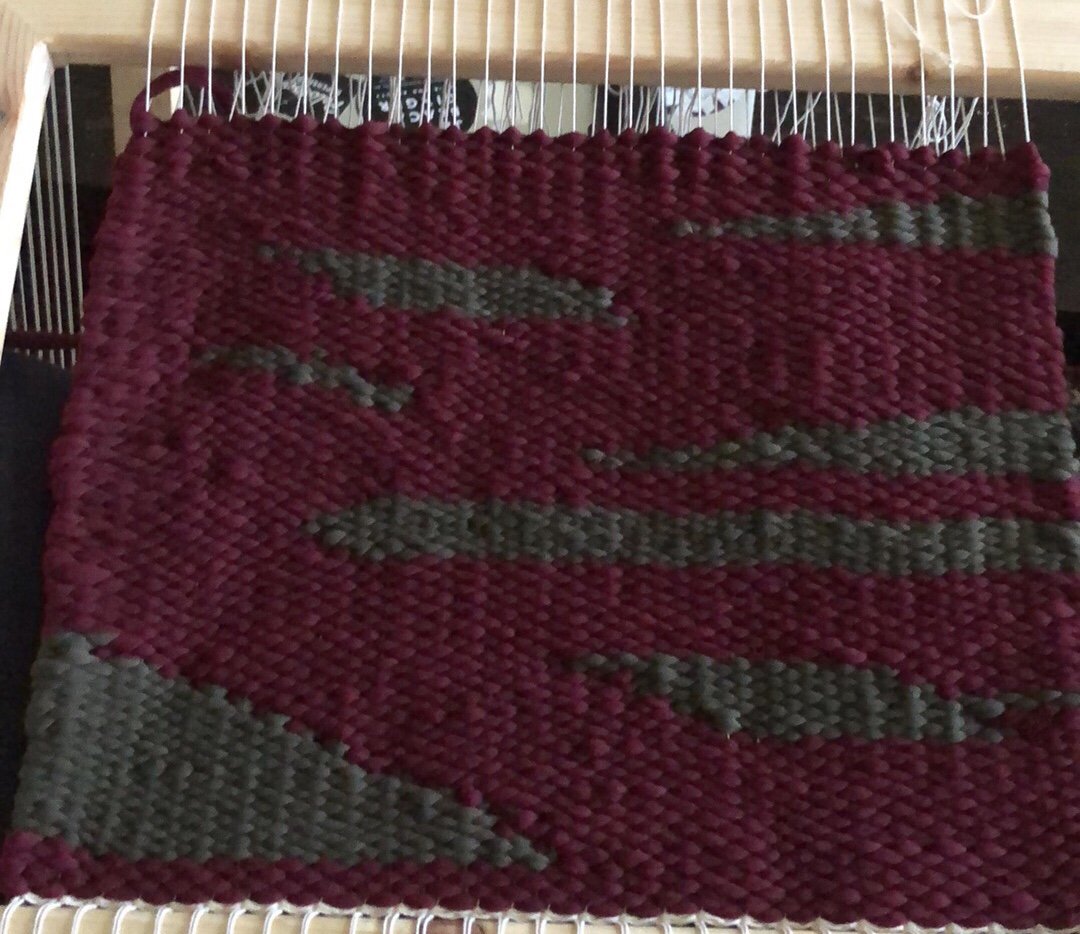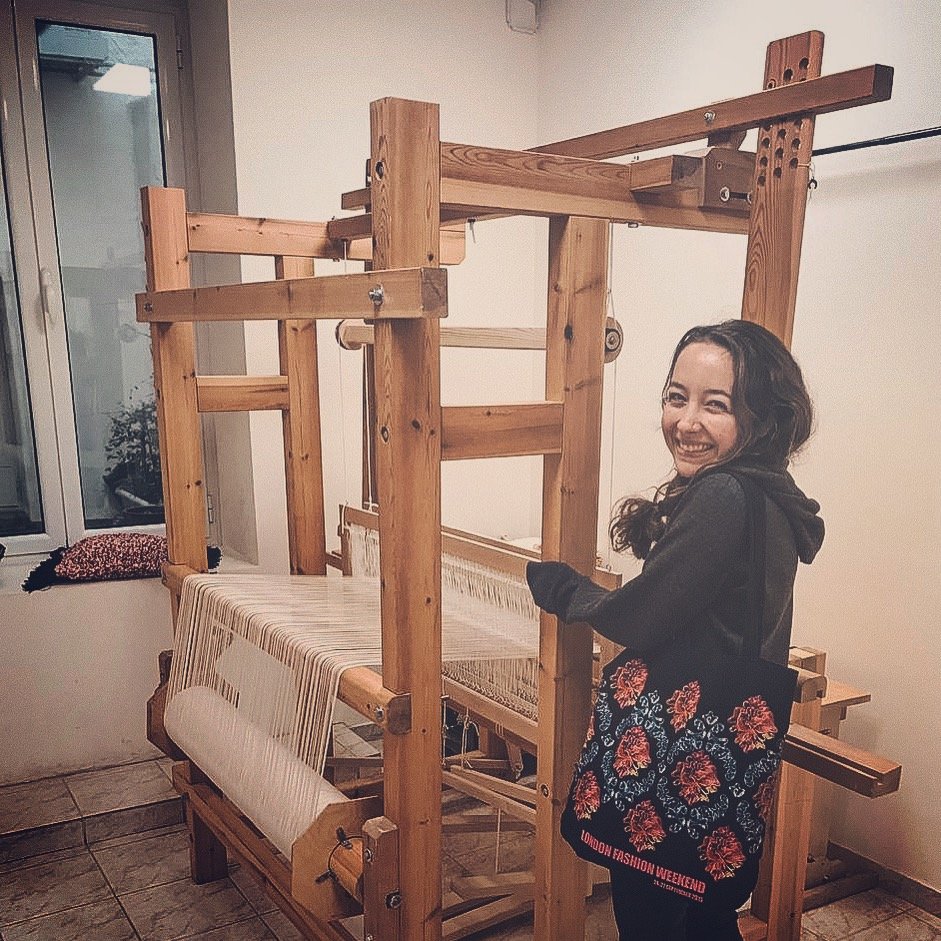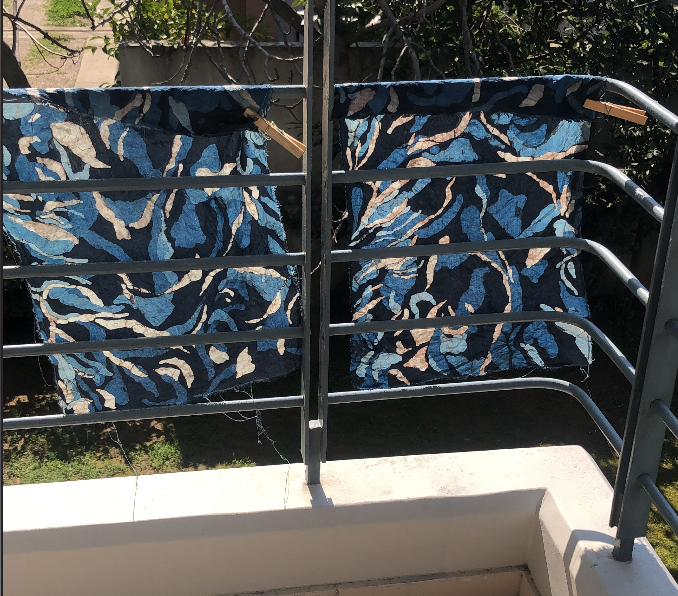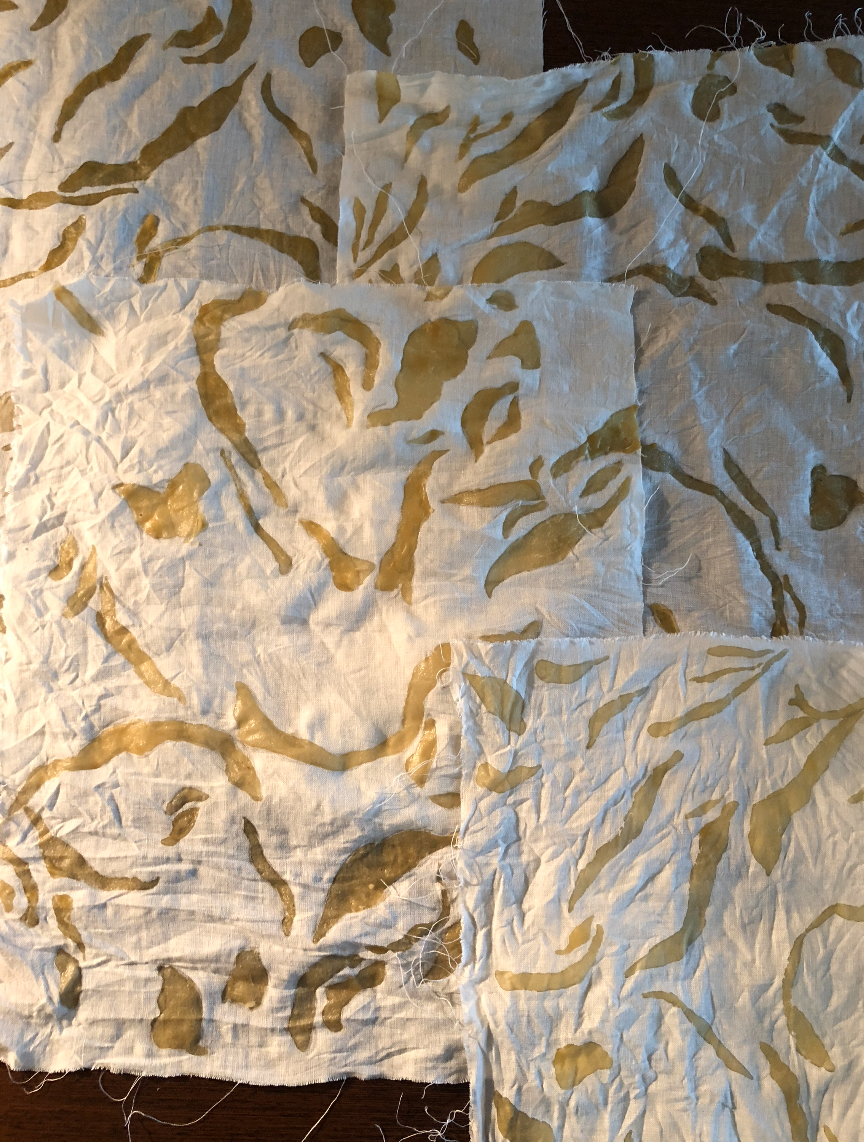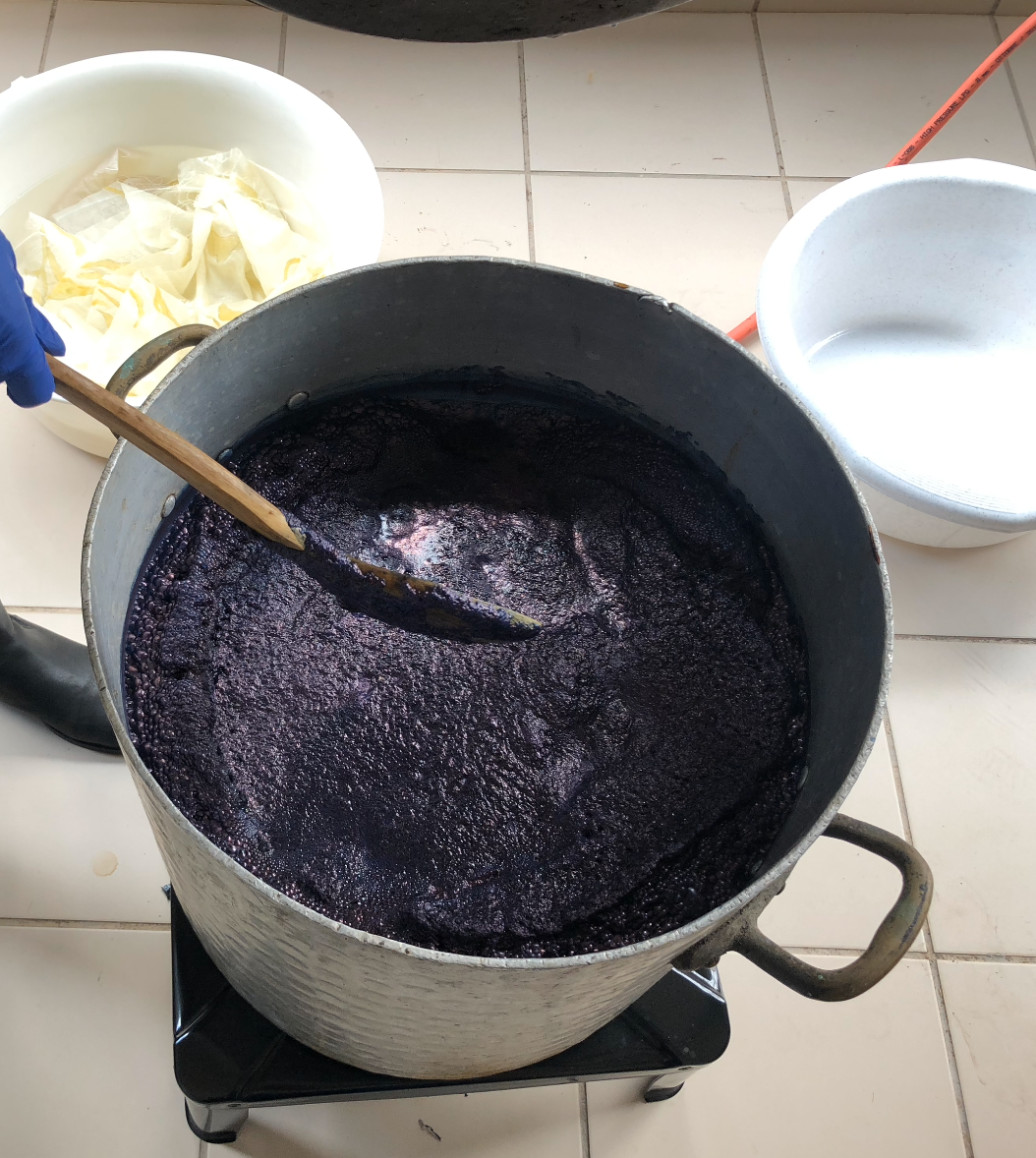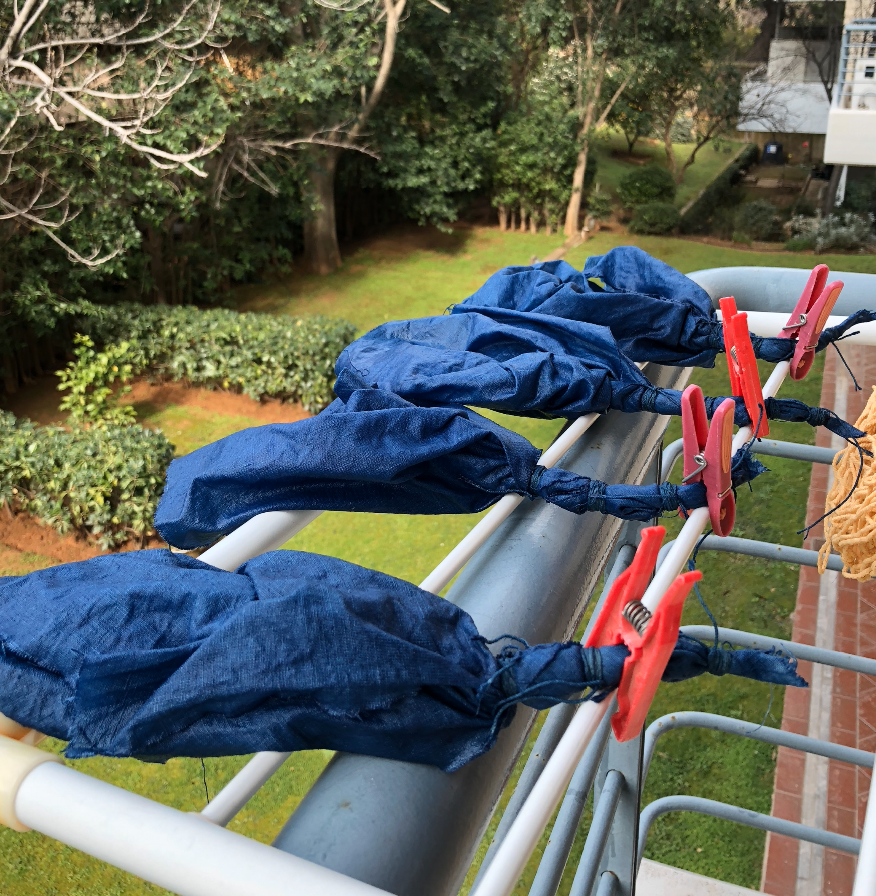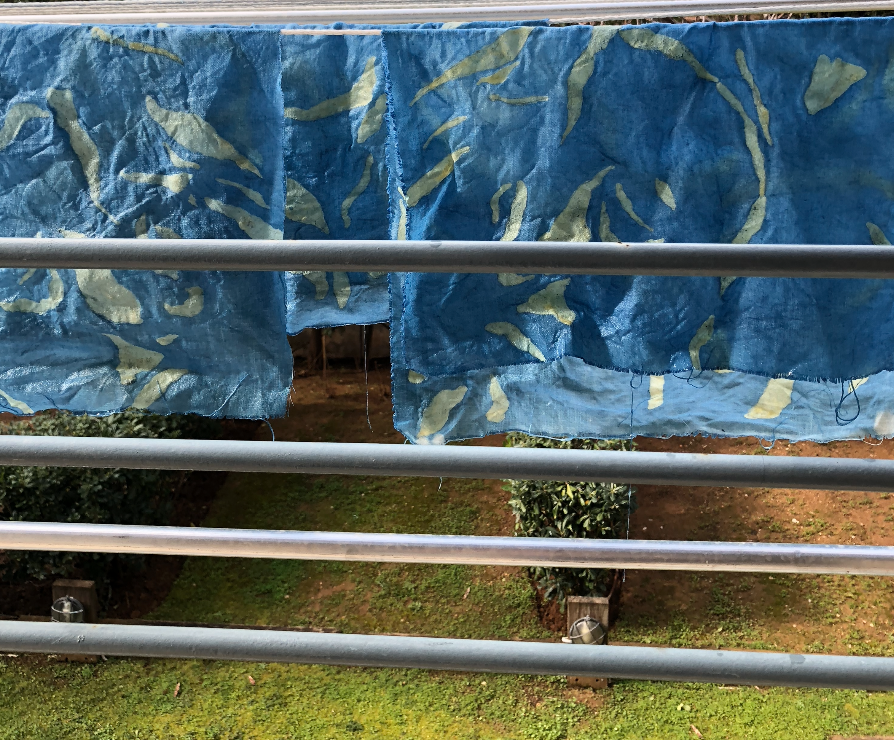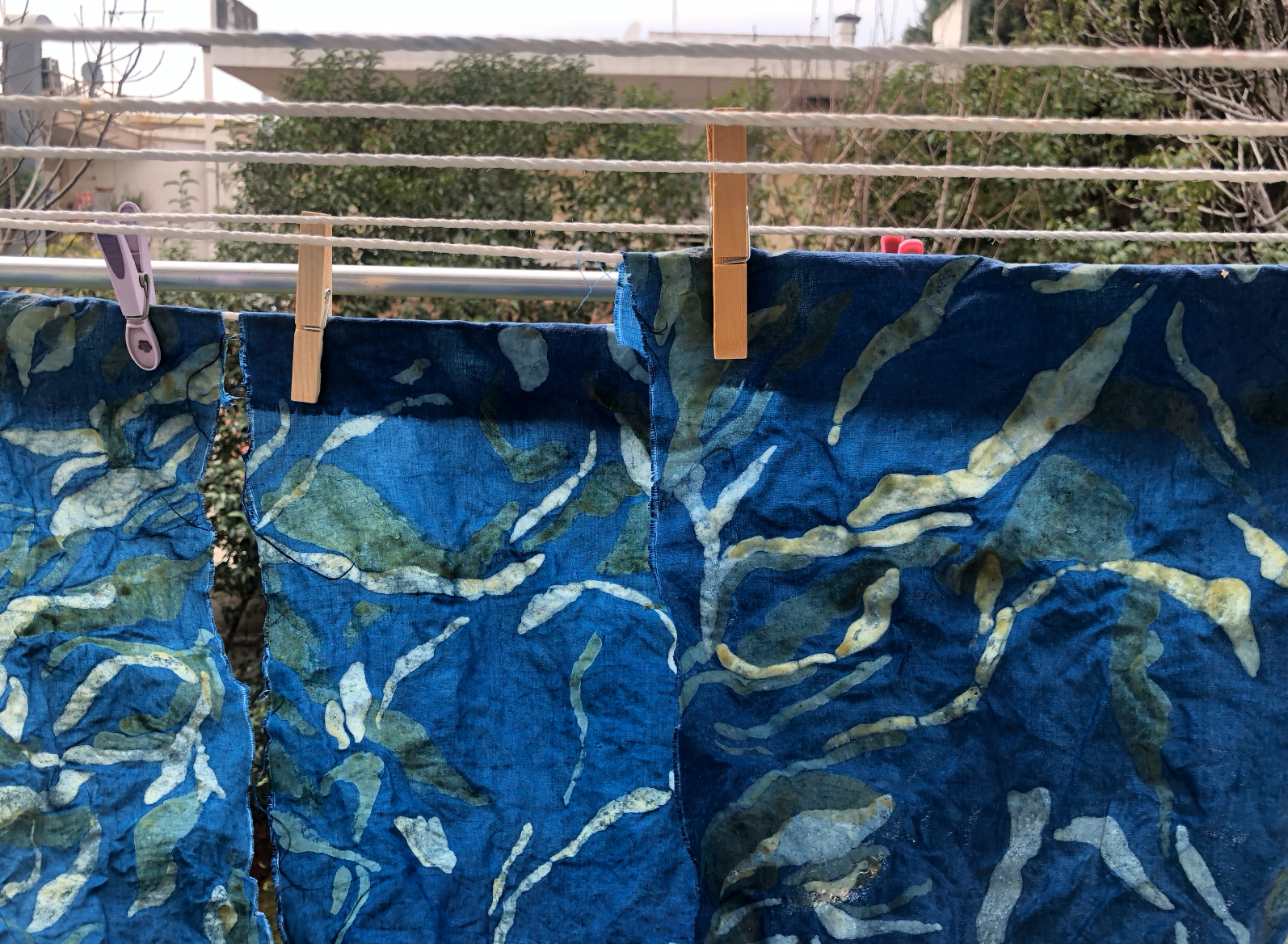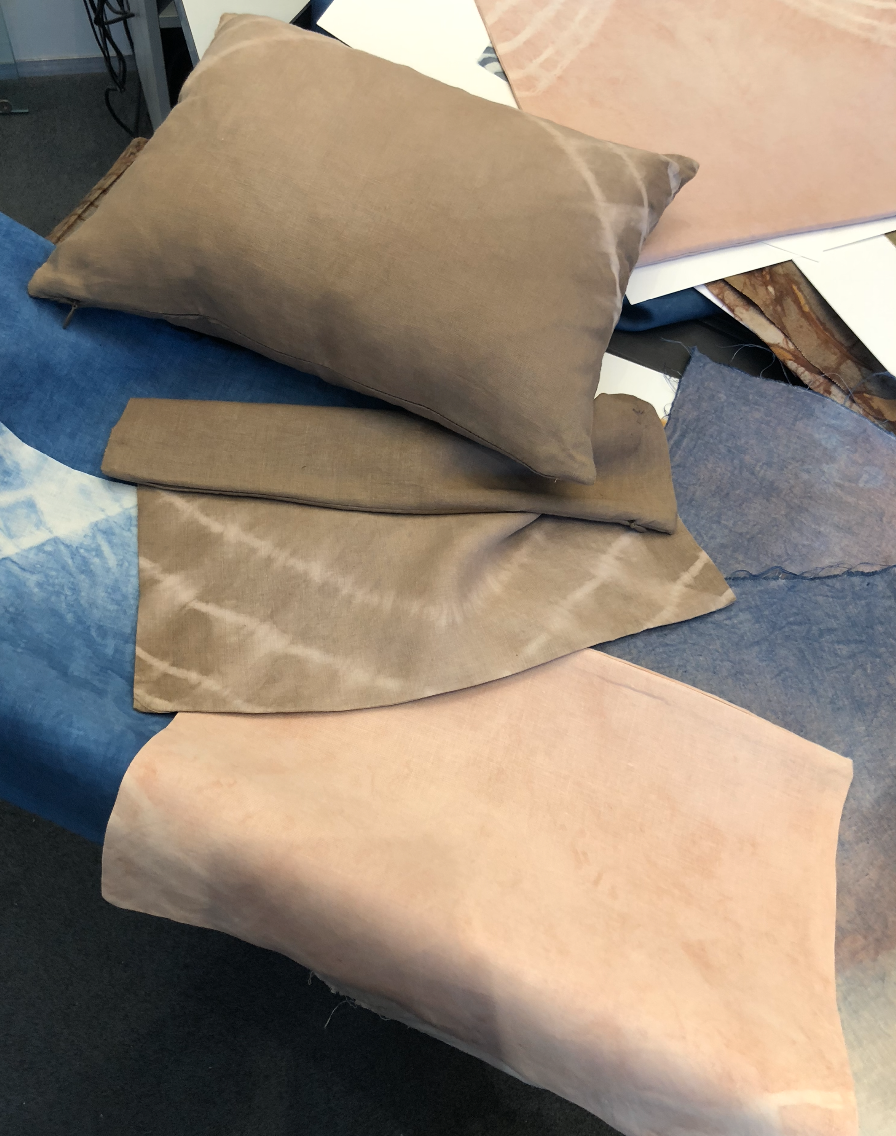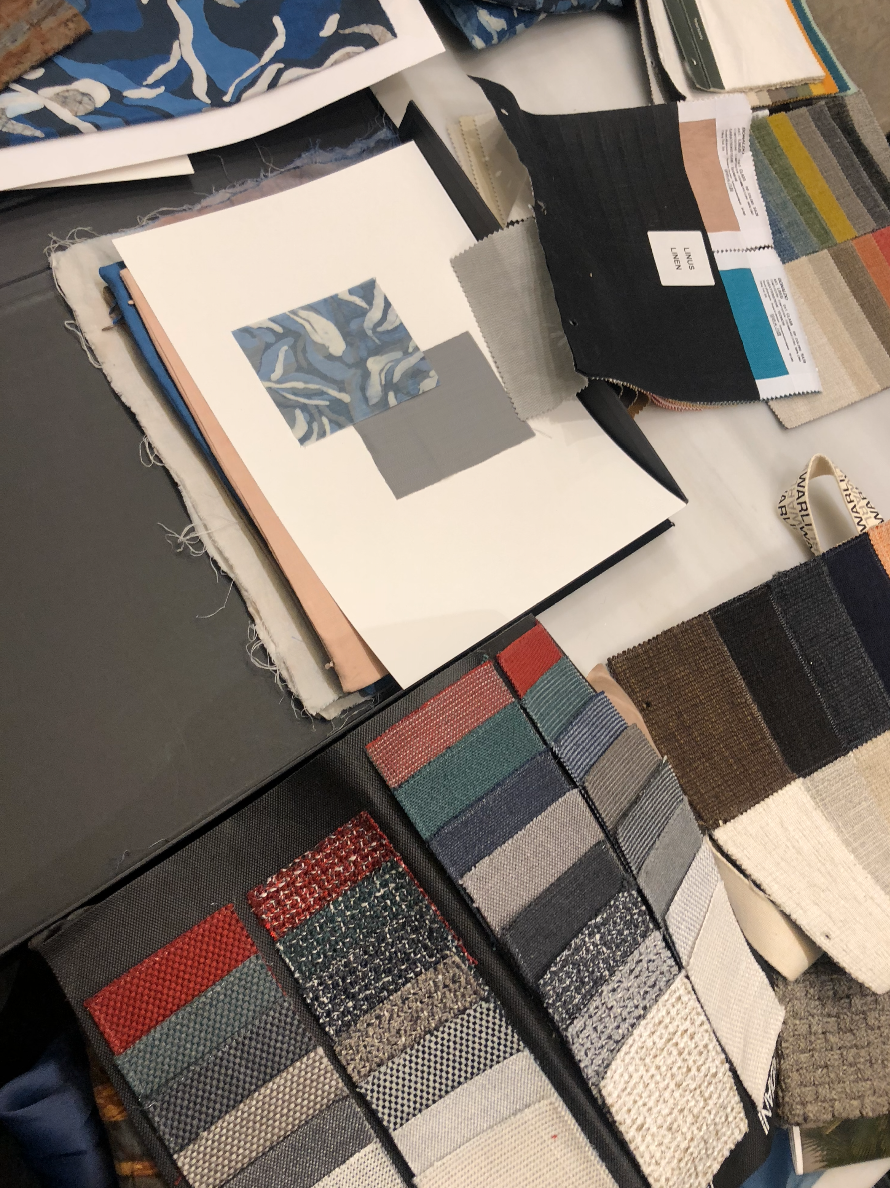Athens January-February 2019: Weaving Classes, Lectures, Exhibitions and comissions
What I thought I'd miss the most from London was the exhibitions, the galleries, the textile/art/design talks.
That is why, when I moved back, I decided to visit as many galleries and museums as possible in Athens. I hadn't been to any for almost five years.
I was pleasantly surprised, SO much was going on!
When I moved back in January of 2019, there was a retrospective exhibition of Yiannis Moralis, one of my favourite Greek artists. I also managed to find a Natural Dyeing talk and an Indigo talk, there was also a talk about Peruvian weaving (unfortunately I missed that one). These were all talks I never expected to find in Athens. Things have been changing and now that I've been in Athens for more than a year I am still surprised but happy that there is something new and exciting always happening!
Yiannis Moralis was one of the most popular artists of the 20th century in Greece. He was a painter and print-maker, but he also designed sets for plays (something I didn't know before visiting the exhibition), and he taught at the Athens School of Fine Art. He made sculptures, architectural commissions (Hilton Hotel façade in Athens as well as the Metro-Station "Panepistimio"), record covers, book illustrations and theatrical costumes (for the Greek National Theatre and Ballet).
Before the 1970s he mostly painted realistically, but after that took a modern turn, working with geometrics and stylising his figures.
There are two main reasons why I like Moralis work so much.
One: He didn't focus on only one thing. He was most famous for his paintings, however he experimented and explored lots of tools and media, worked on many commissions and was both an artist and a designer.
Two: This was shown really well at the exhibition. He planned a lot. He did many studies before creating a final piece. He tried out different layouts and different colour schemes, before deciding on what he would produce. There were times where he did more than 100 studies before starting his final painting. He was very persistent and he liked controlling everything. Apparently, for one of his paintings, in order to make sure that the shadow of a bird was right, he asked his wife to make him a ceramic bird, and then asked a friend who was a photographer to take photos of it, in order to be sure that the shadow was right for his painting. He was definitely a perfectionist.
In January I decided to do a tour of the small galleries in the Kolonaki area. Some of my favourite are:
Skoufa Gallery
Evripides Art Gallery
Contemporary Art / Zoumboulakis Gallery
ALMA Contemporary Art Gallery
ROMA Gallery
Art Appel Gallery
After meeting some fellow weavers in Athens, I learnt about SEN, an organisation in the centre of Athens that celebrates making. Here you can take part in workshops (photography, design, weaving, embroidery and more) but they also bring artists, art historians and designers for talks from all around the world.
I went to two amazing lectures, hosted by Maria Grigoriou. Grigoriou was born in Greece, and studied art in Athens and textiles in Surrey. She taught applied arts to both children and adults, took part in exhibitions and worked on commissions. In 1979, along with 7 other artists, formed AFI collective. They worked together and organised exhibitions together.
Since 1992, she has been travelling to India every year, visiting workshops and studying traditional textile techniques. In her work she uses various media. Sometimes textiles, but now in a contextual way, applying traditional textile techniques to "not necessarily traditional materials" as she says. She also creates more sculptural work using iron wire as her paint-brush or pencil, drawing with it a continuous line.
She believes that the motivator should be the process, rather than the motivator being the product. In other words, the journey is more important than the destination.
I had the opportunity to visit her in her studio as well, she is a wonderful person, she's travelled and explored and keeps exploring. Countries, cultures, techniques, media, fabrics, papers, wires, everything. She keeps learning and I think that is what makes her work so interesting and different. She is always relevant because she never stops questioning and trying out new things and ideas.
In her talks she talked about natural dyeing and indigo and how they have been used from the past until today. Her advice was:
"For tradition to remain relevant, each generation has to apply those skills in a way that is relevant to its day and age." - M.Grigoriou
These two months I also started weaving classes. The looms I became used to in South East Asia are very different to the Greek ones, and I really wanted to continue to weave, to learn more techniques, to learn Greek techniques and to get a loom too.
It was really difficult to find a teacher to teach me in Greece. After a lot of phone calls, emails and meetings, I realised that if you want to learn how to weave in Greece, the only people that can teach you are very old - and not creative. They are amazing at what they do, they can teach you so much about traditional greek weaving and patterns however they won’t help you experiment, create your own design or play. So after a few of those classes, where I learn traditional patterns from Metsovo, Arachova and Crete - I gave up. I wanted to weave my own designs, to create something modern… I found an amazing teacher out of the blue. I took all my Anni Albers inspiration with me and told her “I want to weave big abstract pieces like her!”. She told me she doesn’t know how these pieces were created but that we would figure it out together. I loved my weaving classes with Mrs Tina, we discovered so many new techniques together and she let me free to create, explore and play. After a while, I ordered my loom from Icarus Looms.
At the same time, I got my first commission! I was asked to create some silk organza curtains, and some batik pillows for a house in Costa Navarino in collaboration with the ISV architects. Here are some behind the scenes photos of natural dyeing.
